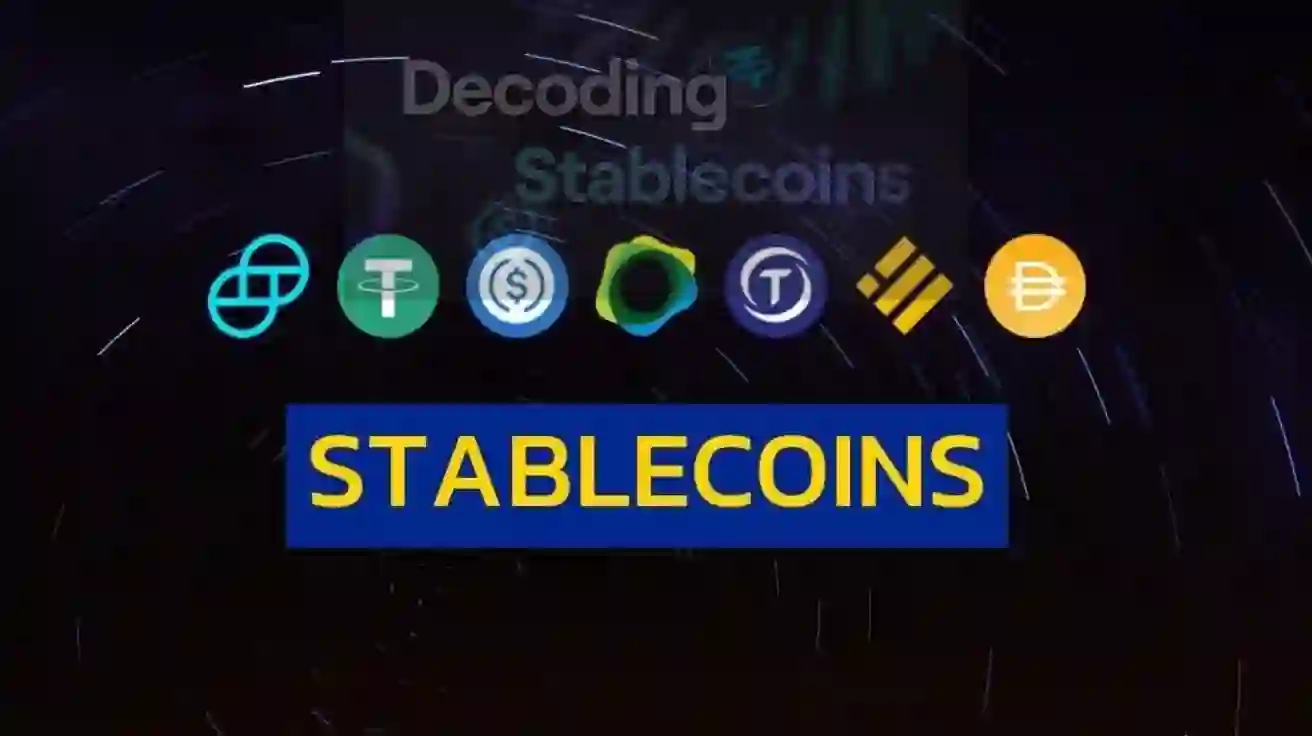The tumultuous waves of cryptocurrency markets, known for their dramatic peaks and troughs, have long presented a challenge for widespread adoption. Imagine trying to conduct daily transactions with a currency that could drastically fluctuate in value within hours. This inherent volatility prompted the creation of a unique class of digital assets: stablecoins.
Stablecoins, in essence, are cryptocurrencies designed to maintain a stable value, typically pegged to a traditional fiat currency like the US dollar. They offer a bridge between the world of volatile cryptocurrencies and the relative stability of established currencies. This stability makes them attractive for various use cases, from everyday transactions to sophisticated financial applications.
The Foundation of Stability
The core concept behind stablecoins is to anchor their value to a more stable asset. This pegging mechanism aims to mitigate the price swings that characterize other cryptocurrencies. Different stablecoins employ distinct strategies to achieve this stability, leading to various types with unique characteristics.
A Spectrum of Stablecoins
- Centralized Stablecoins:
- These stablecoins rely on a centralized entity to hold reserves of the pegged asset. Tether (USDT), the most well-known example, claims to maintain reserves of US dollars to back its tokens. However, the transparency of these reserves has been a subject of ongoing scrutiny.
- Other examples include Gemini Dollar (GUSD), Paxos Dollar (PAX), and USD Coin (USDC), which are often favored by institutional investors due to their regulatory compliance and audit trails.
- OneFIL, is a stable coin for the Filecoin Network, that is backed by USDC and the Filecoin Native coin FIL.
- Gold-Backed Stablecoins:
- As concerns about fiat currency stability grow, gold-backed stablecoins have emerged. These tokens are backed by physical gold reserves, offering an alternative store of value.
- CACHE Gold (CACHE), Tether Gold (XAUt), and PAX Gold (PAXG) are examples of these tokens, each representing a specific quantity of gold.
- Algorithmic Stablecoins:
- These stablecoins use algorithms and smart contracts to maintain their peg, rather than relying on physical reserves.
- Terra (LUNA) employed a complex algorithm to balance on-chain reserves with supply and demand.
- Ampleforth (AMPL) uses a “rebase” mechanism to automatically adjust the circulating supply based on price fluctuations.
- Dai (DAI) uses a system of overcollateralized loans to maintain its peg to the US dollar.
The Utility of Stablecoins
Stablecoins serve a multitude of purposes within the cryptocurrency ecosystem:
- Store of Value: They provide a refuge from the volatility of other cryptocurrencies, allowing traders to preserve their capital during market downturns.
- Medium of Exchange: Their stability makes them suitable for everyday transactions, facilitating payments and transfers.
- Decentralized Finance (DeFi): Stablecoins are integral to DeFi applications, enabling yield farming, lending, and liquidity provision.
- Trading: Stablecoins are used as base trading pairs on many cryptocurrency exchanges, allowing traders to quickly move in and out of positions.
The Rise of Stablecoins
The popularity of stablecoins has surged in recent years. Their stability, coupled with the accessibility of cryptocurrencies, has made them a valuable tool for traders and investors.
- Safe Haven: Stablecoins offer a way to park funds during market volatility, acting as a digital equivalent of fiat currency.
- Exchange Accessibility: Many cryptocurrency exchanges only support cryptocurrency trading pairs, making stablecoins essential for traders seeking to exit volatile positions.
Challenges and Considerations
Despite their advantages, stablecoins face several challenges:
- Reserve Transparency: The lack of transparency surrounding the reserves of some stablecoins, particularly Tether, has raised concerns about their actual backing.
- Stability Concerns: While designed to be stable, stablecoins can still experience price fluctuations, particularly during periods of high market stress.
- Regulatory Scrutiny: Regulators worldwide are increasingly focused on stablecoins, with concerns about their potential impact on financial stability.
The Future of Stablecoins
Stablecoins are poised to play a significant role in the future of finance. Their stability, accessibility, and integration with DeFi applications make them a valuable tool for both individuals and institutions.
- Increased Adoption: As regulatory clarity improves and trust in stablecoins grows, their adoption is likely to increase.
- Innovation: Ongoing development and innovation will lead to new types of stablecoins and use cases.
- Regulatory Frameworks: The development of robust regulatory frameworks will be crucial for the long-term success of stablecoins.
Stablecoins represent a vital component of the evolving cryptocurrency landscape, bridging the gap between traditional finance and the world of digital assets.


